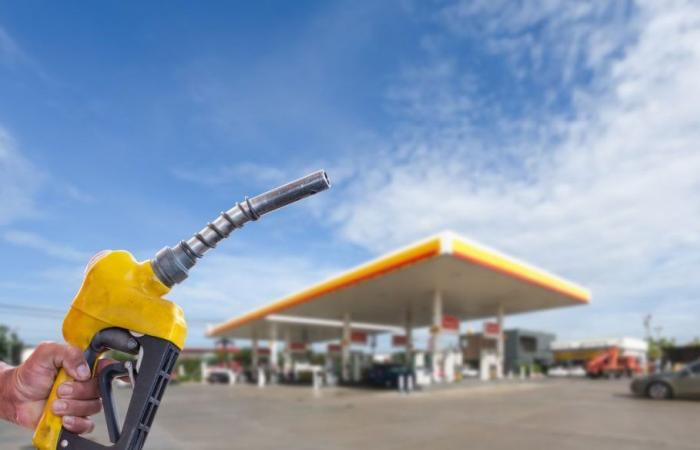Summer 2024 is shaping up to be an expensive time for anyone planning to hit the road: i fuel and highway prices in fact they are suffering significant increases, according to the latest findings by Altroconsumo. These increases will directly impact the budget of many Italians, making it necessary to adjust the expected holiday expenses.
Let’s see, in detail, all the price increases for July and August.
Fuel costs rise, petrol and diesel prices rise
According to Altroconsumo, the trend in fuel costs in the summer showed an increase, albeit modest, compared to the previous year. In fact, prices have recorded a upward trend of 1% in the case of petrol and 1.59% for diesel.
Furthermore, considering that the fuel market is extremely volatile, experts do not rule out potential further increases, precisely in conjunction with the traditional holiday exodus in July and August.
Motorways, rising tariffs and increases in Telepass prices
Highway tolls have also taken a hit average increase of 2.2% compared to the previous summer, with increases of up to 1.3% for the routes specifically examined by Altroconsumo. The only one among those analyzed to remain unchanged is the toll between Genoa and Naples. On the other routes we found tariffs increasing, even if only slightly: they range from +0.7% to go from Genoa to Ortisei to +2.2% for the stretch from Rome and Cervia (in this case we are talking about an increase of about 20 cents).
Furthermore, despite the limited increases in tolls, there is a sore point for users of the Telepass: starting from 1 July, the basic monthly fee has increased from 1.83 to 3.90 eurosmore than double.
When will fuel prices drop?
Predict accurately when fuel prices drop, even in order to plan the trip before the summer holidays, is extremely difficult due to the complexity of the oil market, influenced by a series of economic, geopolitical and environmental factors. However, some dynamics can provide general indications:
Traditionally, fuel prices have tended to vary seasonally, peaking during periods of high demand such as summer or holidays, but also during the week. For example, the days with the most significant fluctuations are often on Tuesday or Wednesdaywhen oil companies update their prices to reflect market dynamics.
Even the competition between gas stations in the same area may lead to changes in daily or weekly prices. Gas stations can compete by offering lower prices to attract customers, although these changes may be more localized and temporary.
Finally, fuel costs tend to be higher along highways. For several reasons. First of all, motorway service stations are generally located in transit areas with high traffic density, often along major and long-distance routes. This strategic location makes them more convenient for travelers on the highway, but it can also result higher costs for petrol and LPG, because running a service station along a highway involves higher operating costs than running a service station in a less busy location. Hence the need to charge a higher price to the end customer. Although it must be said that, unlike service stations in cities or urban areas, where competition between different outlets can encourage more competitive prices, stations along motorways often operate under conditions of monopoly or limited oligopoly. Therefore, the lack of immediate alternatives may allow them to maintain higher prices.






